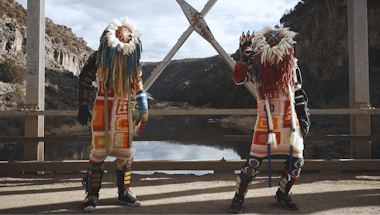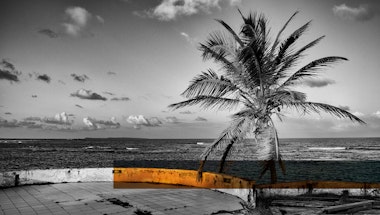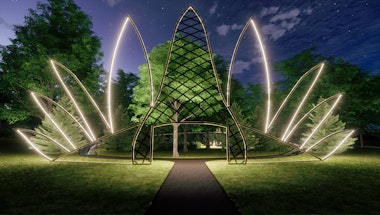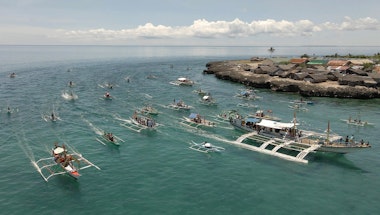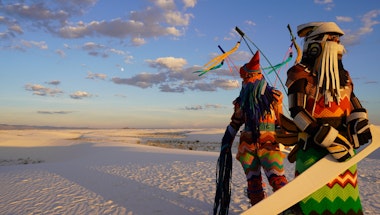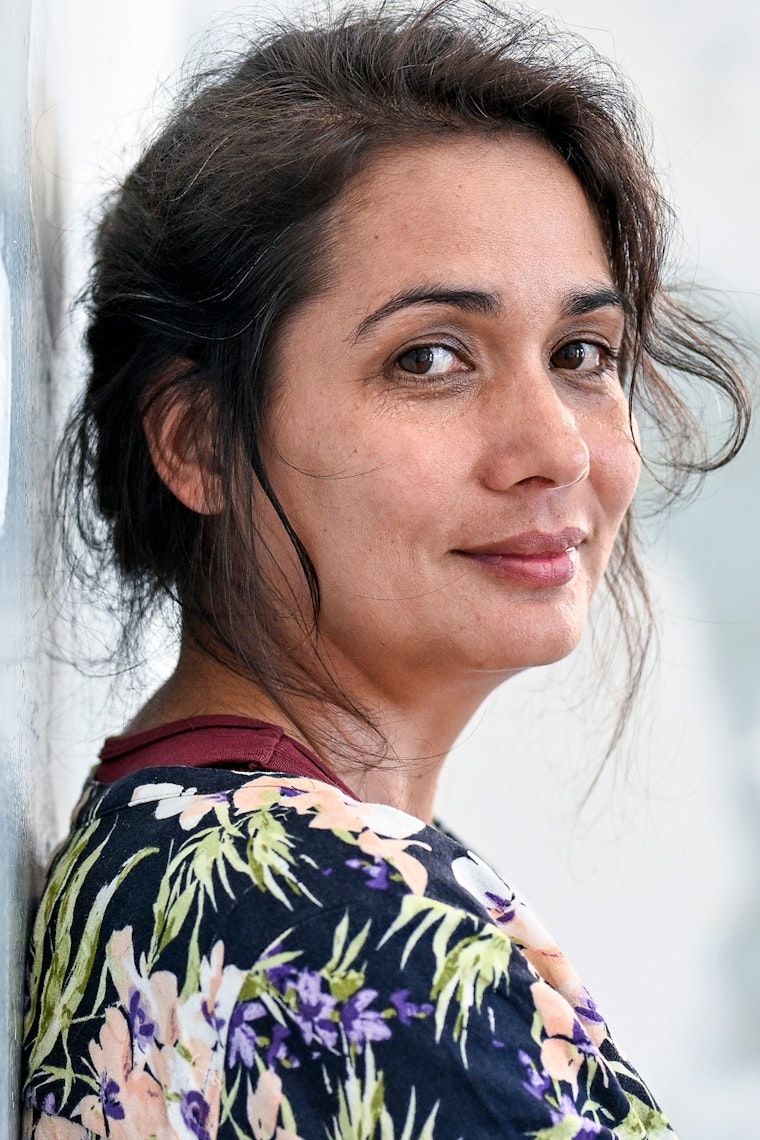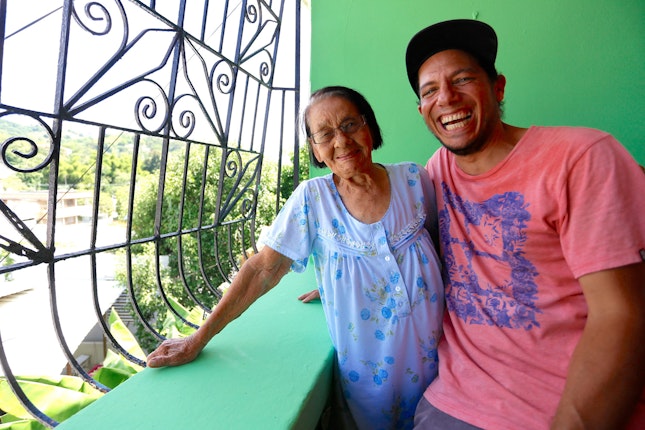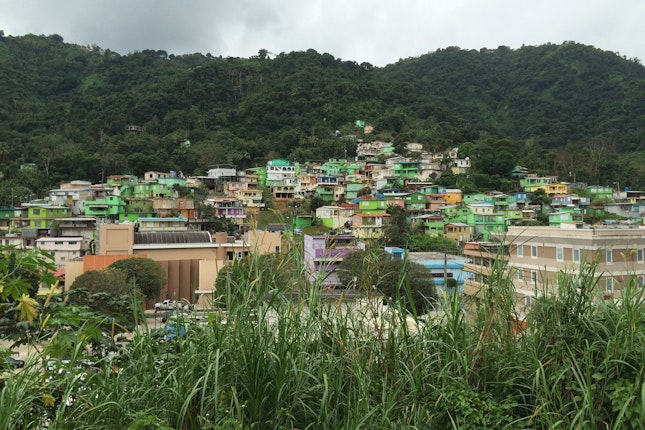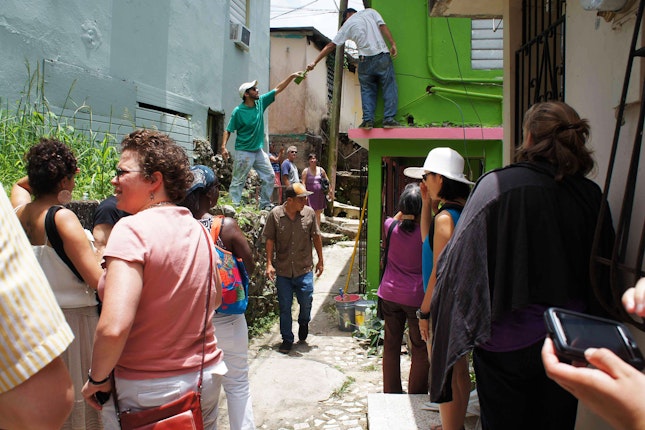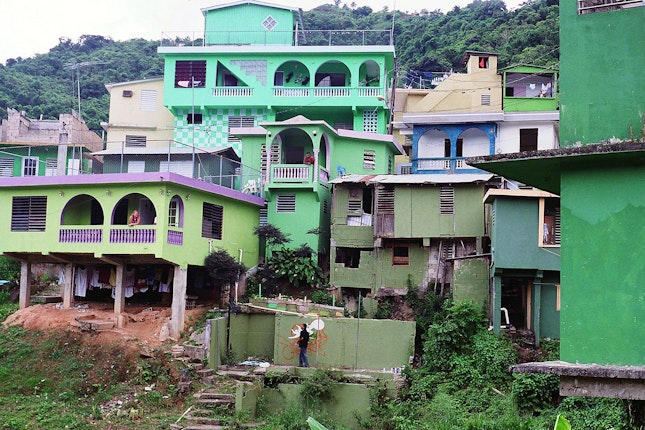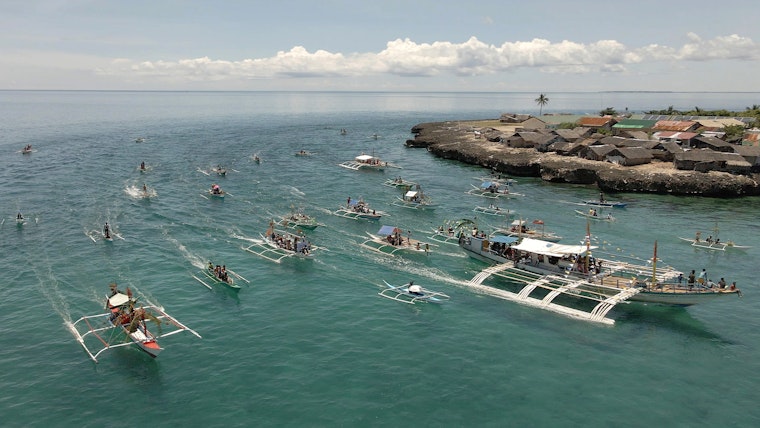
Art and Activism
Martha Atienza’s art focuses on preserving the culture of fisherfolk on her home of Bantayan Island in the Philippines. Commemorating this culture, which has been challenged by more lucrative trades, declining fish populations, and the displacement caused by tourism, typhoons, and rising sea levels, is an act of resistance in and of itself carried out in her art. One of her past projects led to the establishment of Fisherfolks Day, or “Adlaw sa Mananagat,” a collaboration between local government and fisherfolk leaders highlighting the importance of their culture.
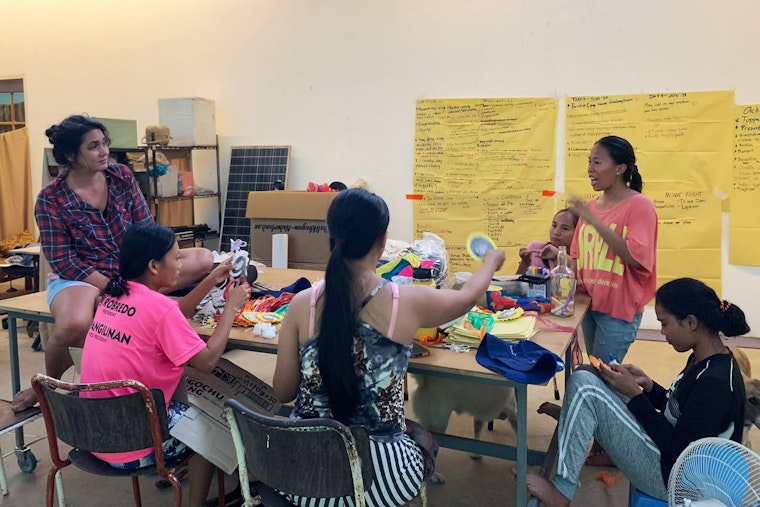

For the Soros Arts Fellowship, Atienza will develop the Tigpanalipod (The Protectors) project, so named to reflect the way the fisherfolk do not seek to own land or sea but rather to protect it. By engaging youth on the island to capture traditional fishing practices and culture on video, and developing a community-centered archive, she will continue to help community members envision a better future for themselves, their island, and the surrounding sea. This builds on a previous project supporting local youth who studied videomaking with her in making a documentary about the Mambacayao Dako reef, which helped establish the Barangay Lipayran Marine Protected Area in September 2022.
“These young people have the potential to become marine biologists or scientists looking for the solutions to the problems we face with our oceans. That should be their future. It makes me sad to think that instead their future may be workers at a resort where tourists come. I would like decision-makers to see their true potential. And I think perhaps the art could bring that to them.”
— Martha Atienza
For many communities in the Philippines and around the world, daily life is a pressing struggle, which allows little room for reflection. Art, from ancient Indigenous practice to modern-day mediums like videography, allows space for those living and working close to the natural world to dream, and visualize something new—contributing solutions to climate change and other challenges.

On yet another island, Chemi Rosado-Seijo is transforming the El Cerro community in Puerto Rico into a “Green Barriada.” Rosado-Seijo has been working in El Cerro since 2002, when he began helping members of the marginalized community repaint their homes in different shades of green. As a “cultural DJ,” he and a team of volunteers used painting and community workshops to promote a sense of pride in a long-neglected neighborhood.
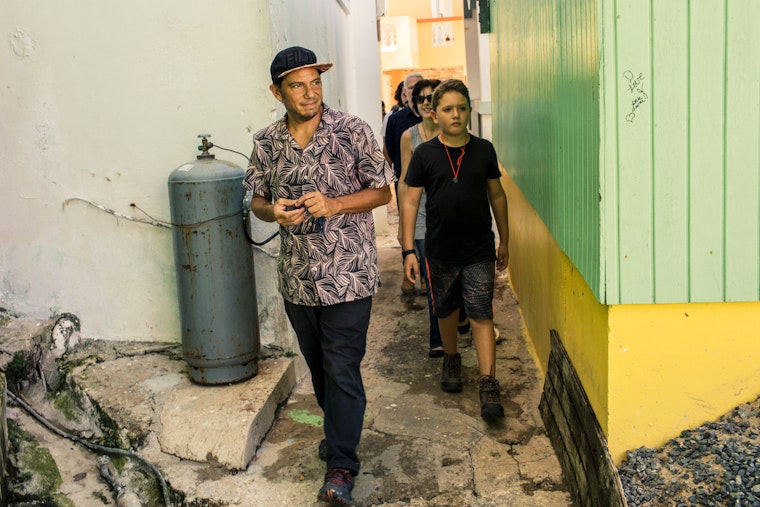
Rosado-Seijo’s Soros Art Fellowship will help facilitate the next phase of the project to build community resilience. El Cerro: From Metaphor to Reality, will support greening efforts and develop a book documenting the neighborhood’s history and the methodology and impact of its new development. Rosado-Seijo is engaging with the local University of Puerto Rico Mayagüez Campus as well as community members to make El Cerro power- and water-independent, using rainwater for their needs.
Rosado-Seijo’s work has helped empower the community in new—and sometimes surprising—ways. When the Fast and the Furious movie franchise filmed in the neighborhood, community members stood up for themselves and negotiated a better deal for compensation that provided much-needed additional revenue and support.
Grappling with destruction by tropical storms, Bantayan and El Cerro are drawing power and resilience from art and community. These fellows’ projects help celebrate, protect, and strengthen their cultures—building models that can be shared with other communities around the world.
